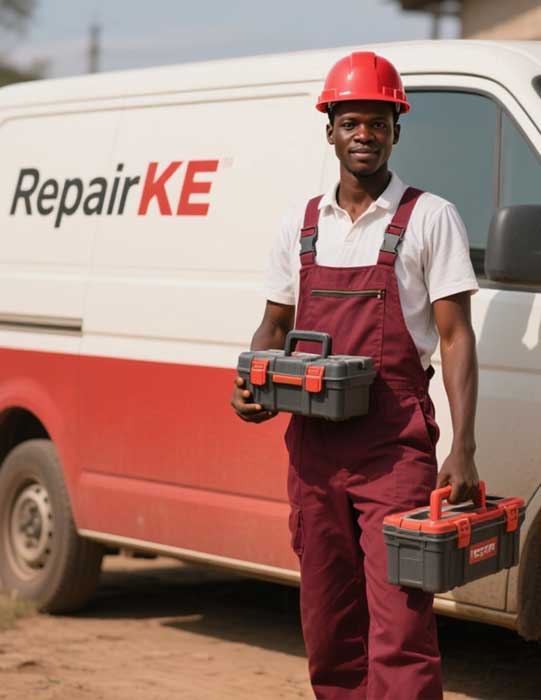
How to Install an Elevator/Lift, Common Problems and Their Solutions
Installing an elevator or lift in a residential or commercial building enhances accessibility, convenience, and property value. However, the installation process is complex, requiring careful planning and execution, and elevators are prone to various operational issues. This article provides a comprehensive guide on how to install an elevator/lift, identifies common problems, and offers practical solutions to ensure safe and efficient operation.
"A well-installed elevator is the backbone of a building’s accessibility, but regular maintenance is key to its longevity." – Elevator Engineering Specialist
Elevator/Lift Installation Process
Installing an elevator involves several critical steps, each requiring precision and adherence to safety standards. Below is a structured overview of the installation process.
1. Planning and Design
The process begins with assessing the building’s requirements, including the number of floors, expected passenger load, and accessibility needs. Architects and elevator consultants determine the elevator type (e.g., hydraulic, traction, or pneumatic) and the shaft location. Compliance with local building codes, such as the National Electric Code and ASME safety standards, is essential.
2. Site Preparation
Technicians inspect the elevator shaft to ensure structural integrity and adequate floor support for the loaded carriage. The hoistway must meet specific dimensions, typically with concrete walls at least 120mm thick in steel-reinforced buildings. Any obstacles are removed to facilitate installation.
3. Component Installation
The installation team assembles the elevator components in sequence:
- Guide Rails and Brackets: Rail brackets are installed to ensure straight alignment for smooth carriage movement.
- Drive System: The drive system (traction with counterweights and pulleys or hydraulic with pressurized oil) is installed to control vertical movement.
- Carriage and Gates: The carriage, where passengers ride, is placed within the shaft, and gates are fitted to enclose the shaft when the carriage is on another floor.
- Wiring and Controls: Electrical wiring and magnets are installed to ensure precise floor transitions and operational safety.
4. Testing and Certification
After installation, technicians test the elevator for functionality, safety, and compliance with regulations. This includes verifying door operations, emergency systems, and load capacity. Once certified, the elevator is ready for use.
"Proactive planning during installation can prevent up to 45% of future repair costs." – Lift Maintenance Expert
Common Elevator/Lift Problems and Solutions
Elevators are complex systems, and issues can arise due to mechanical wear, electrical faults, or improper maintenance. Below are five common problems, their causes, and effective solutions.
1. Power Failures
Cause: Power outages, voltage fluctuations, or motor strain can disrupt elevator operation, potentially trapping passengers.
Solution:
- Check and restore the power supply or reset tripped circuit breakers.
- Conduct a power quality survey to detect voltage issues.
- Install backup power systems, such as UPS or battery-powered home lifts, to ensure functionality during outages.
2. Door Malfunctions
Cause: Misaligned door tracks, obstructed sensors, or worn-out rollers can prevent doors from opening or closing properly, posing safety risks.
Solution:
- Clear debris or dust from door tracks and sensors.
- Realign door tracks or replace worn rollers.
- Schedule regular maintenance to calibrate door mechanisms.
3. Slow or Jerky Movements
Cause: Inadequate lubrication, worn components, misaligned pulleys, or motor issues can cause sluggish or unsteady elevator motion.
Solution:
- Lubricate moving parts as per manufacturer guidelines.
- Inspect and replace worn components or realign pulleys.
- Consult a technician for motor or drive system repairs.
4. Unusual Noises or Vibrations
Cause: Loose bolts, damaged bearings, or misaligned components can produce grinding, squeaking, or rattling sounds.
Solution:
- Tighten loose brackets, bolts, or screws.
- Replace worn bearings or lubricate moving parts to reduce friction.
- Perform a comprehensive inspection to identify and address underlying issues.
5. Overheating
Cause: Excessive use, poor ventilation, or electrical shorts can cause elevator machinery, particularly hydraulic systems, to overheat.
Solution:
- Ensure proper ventilation around the drive and control systems.
- Schedule regular maintenance to detect electrical faults.
- Avoid overloading the elevator to reduce strain on components.
"Routine maintenance can reduce elevator downtime by up to 15% and energy consumption by 16%." – Elevator Service Consultant
Preventive Measures for Reliable Operation
To minimize elevator problems, adopt the following preventive strategies:
- Regular Maintenance: Schedule professional inspections every six months for passenger lifts and annually for goods lifts to detect wear and tear early.
- Lubrication and Oil Analysis: Regularly lubricate moving parts and analyze oil for contamination to prevent motor wear.
- Emergency Features: Install emergency communication devices and backup power systems to ensure passenger safety during failures.
- Professional Repairs: Avoid DIY repairs and engage certified technicians for complex issues to ensure safety and compliance.
"A stitch in time saves nine – regular servicing prevents minor issues from becoming major repairs." – Elevator Technician
Final Considerations
Installing an elevator requires meticulous planning, skilled execution, and adherence to safety standards. By understanding the installation process and addressing common problems proactively, building owners and managers can ensure reliable, safe, and efficient elevator operation. Partnering with reputable elevator service providers for installation, maintenance, and repairs is crucial for long-term performance and passenger safety.




